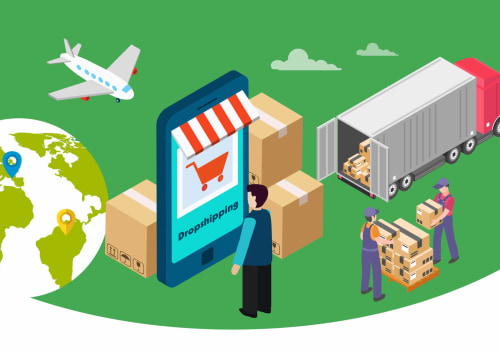Online shopping has become increasingly popular in recent years, with the convenience of being able to purchase items from the comfort of your own home and have them delivered right to your doorstep. However, as with any online activity, there are security risks associated with it, from data breaches to identity theft. To protect yourself and your data when shopping online, it is important to be aware of the data encryption and tokenization techniques that can be used to keep your information safe. In this article, we will discuss the different types of data encryption and tokenization techniques available for online shopping safety and data privacy protection. Data encryption is a process that scrambles data using a code or algorithm.
When the data is encrypted, it is unreadable to anyone without the key. This means that even if someone were to gain access to your information, they would not be able to read it. In addition to protecting your data from unauthorized access, encryption also ensures that it remains secure during transmission. Tokenization is another method of protecting data. Instead of encrypting the data, tokenization replaces sensitive information with a unique identifier (or token).
This token is used in place of the actual data, so it can never be accessed by anyone other than the authorized user. Tokenization also makes it easier to track where the data is going and who has access to it. Both encryption and tokenization are important tools for keeping online shopping data safe and secure. They can help prevent unauthorized access to your personal information as well as protect it from being stolen or misused. In addition, these techniques can help ensure that the data remains secure during transmission. When choosing a security system for your online shopping, make sure that it uses both encryption and tokenization techniques.
This will provide the best possible protection for your data and help ensure that your information remains safe and secure. The use of encryption and tokenization can help you protect your data when you shop online and ensure that your personal information remains secure.
Tokenization for Data Security
Tokenization is a process of replacing sensitive data, such as credit card numbers, with a randomly generated token. The token is then used to represent the original data in transactions and other processes. Tokenization is a popular technique for protecting data, as it helps to reduce the risk of fraud and data theft.Tokenization is beneficial for online shopping safety, as it helps to ensure that sensitive data is not exposed during the transaction process. Tokenization also helps to protect the customer’s data from being accessed or stolen by third parties. There are several ways in which tokenization can be used to secure data. For example, merchants can use tokenization to store credit card information securely in their databases.
This reduces the risk of data breaches and ensures that the information is protected from unauthorized access. Merchants can also use tokenization to authenticate customers when they make purchases online. This helps to prevent identity theft and other forms of fraud. Tokenization is an effective tool for protecting online transactions and customer data.
It is important for businesses to use tokenization when handling sensitive customer information, as it helps to reduce the risk of fraud and data theft.
Encryption for Data Protection
Encryption is a process that converts data into a form that is unreadable to unauthorized users. It is used to protect sensitive information such as passwords, credit card numbers, and other private information. Encryption is an important tool in the protection of data when it comes to online shopping safety.By encrypting data, it ensures that only authorized users can access it. Encryption works by transforming data into a form that is unreadable by anyone other than the intended recipient. This is done through the use of algorithms and encryption keys. The algorithm takes the plaintext (unencrypted) data and transforms it into a ciphertext (encrypted) form using a key.
The key is unique and only the intended recipient has access to it. Once the data is encrypted, it can only be decrypted with the correct key, making it impossible for unauthorized users to access the data. Encryption is an important tool for protecting data during online transactions. By encrypting the data, businesses are able to protect customers’ personal information from being accessed or stolen by malicious actors. In addition, encryption helps to ensure that only authorized users have access to the data, preventing unauthorized access or manipulation of the data. Encryption also helps to protect data from being accessed or manipulated by malicious actors.
By encrypting the data, businesses are able to ensure that only authorized users have access to the data, preventing any unauthorized access or manipulation of it. This helps to keep customer information safe and secure when shopping online. In conclusion, encryption is an important tool for protecting data when shopping online. It helps to ensure that only authorized users have access to the data, preventing any unauthorized access or manipulation of it. Encryption also helps to protect customer information from being accessed or stolen by malicious actors.
By using encryption techniques, businesses can help keep their customers’ personal information safe and secure when shopping online. Data encryption and tokenization are essential for protecting online shoppers' data from unauthorized access and theft. By leveraging both of these techniques, businesses can ensure that their customers' information remains private and secure. With the right security measures in place, online shoppers can confidently make purchases without worrying about their personal data being compromised. Encryption is a great way to protect data, as it renders it unreadable to anyone who doesn't have access to the encryption key. Tokenization is also a valuable tool, as it replaces sensitive data with a unique identifier that doesn't contain any of the original data.
When used in combination, these two methods provide a comprehensive layer of protection for online shoppers' data.







